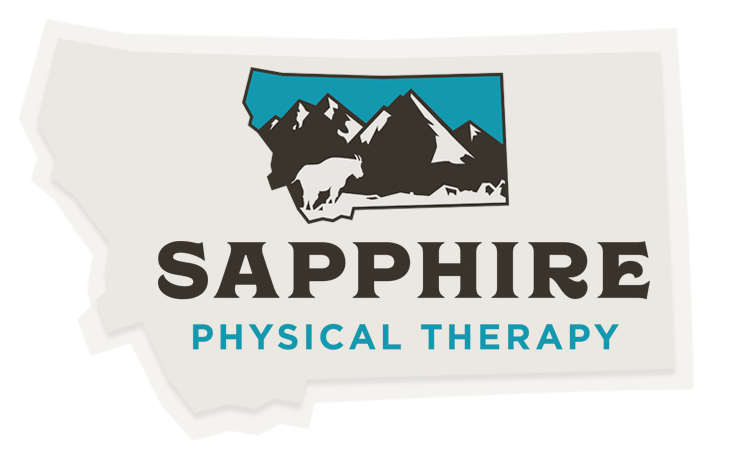The Windlass Mechanism & Foot Function
The wonders of the human foot go beyond the 28 bones, articulating joints, and over 100 tendons and ligaments. The foot contains four layers of muscle responsible for toe and foot motion and stability. Regardless of the type of shoe you put on your foot, the foot itself is designed to absorb impact and propel us over ground and over a variety of terrain. One mechanism unique to the human foot is the windlass mechanism. The windlass mechanism is an ingeniously engineered feature which warrants our appreciation and understanding.
Without the windlass effect, walking would be inefficient and running would be virtually impossible. The calcaneus (heel) bone, the mid-tarsal joint (mid foot joint), and the first metotarso-phalangeal (great toe) joint form the triangular arch, while the plantar aponeurosis (aka plantar fascia) forms the base of the triangle. The fact that the triangle is the strongest geometric shape and our foot utilizes a triangular support system confirms the flawless design of the human foot.
When we land, the foot decelerates and absorbs impact naturally through pronation as the foot comes in contact with the ground. As the great toe lands on the ground, the plantar aponeurosis and arch lower slightly to decreased impact and accommodate to uneven surfaces. As the leg begins to move forward over the foot and the heel begins to lift off the ground, the great toe extends which begins to winds the plantar aponeurosis over the metatarsal heads (base of our toes). Concomitantly, the calcaneus bone is pulled forward slightly, naturally increasing the height and stability of the arch. The underappreciated windlass mechanism allows us to push off a stable, supported foot and arch with efficiency and very little muscle activity.
The foot, therefore, goes through stages of rigidity (when the foot hits the ground), compliance (mid-stance to absorb impact loading), and rigidity (during push-off) without interfering with force transmission and forward human movement. What could possibly go wrong with such an ideal system? The answer is plenty. Problems begin when the foot does not transition from a state of compliance to the rigid foot necessary to efficiently push-off. Weakness in the lower leg (tibialis posterior, flexor digitorum longus, gastroc-soleus), weakness in the foot (flexor digitorum brevis, foot intrinsic muscles), and weakness in the hip stabilizers interferes with the function of the windlass mechanism. Plantar fasciitis is often the result of decreased foot or lower extremity strength or increased tension in the gastroc-soleus muscle group. Increased muscle tension interferes with foot function and cause changes in foot biomechanics while walking or running. Pain due to an ankle sprain or other lower extremity injury may result in a compensatory foot strike pattern while walking or running which reduces the windlass mechanism effectiveness.
The natural height of your arch, however, does not determine whether or not you will have foot pain. The strength and mobility of your foot relative to the effectiveness of your foot’s windlass mechanism is the best predictor of future foot pain. A physical therapist trained in evaluating and treating foot function and biomechanics can evaluate your feet and recommend ways to improve your efficiency. The tools for success, whether you want to walk pain-free or run your first ultramarathon, are your own two feet.
Written by: John Fiore, PT
References:
McDonald, et al. http://journals.plos.org/plosone/article?id=10.1371/journal.pone.0152602
Hicks, JH. (1954). The mechanics of the foot: II. The plantar aponeurosis and the arch. Journal of Anatomy, 88(2), 25-30.


